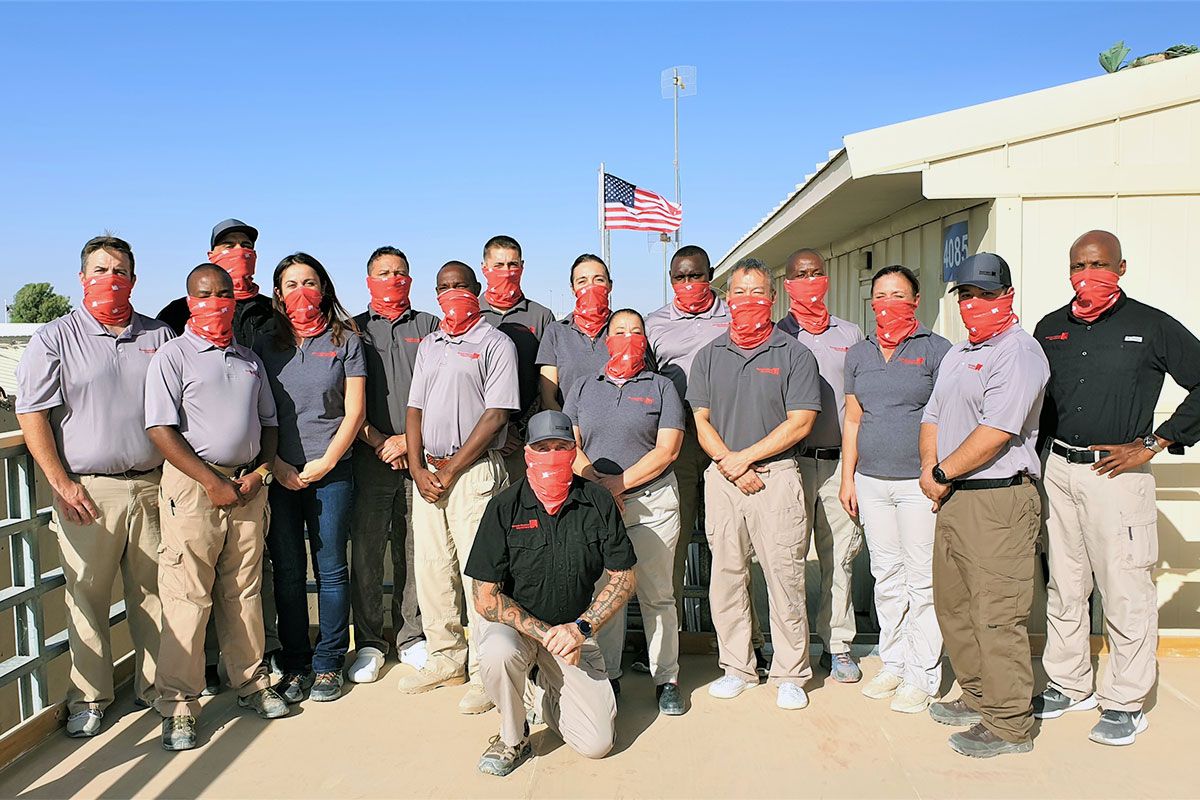May 2, 2009
As I made my way down from Camp three at 24,700 feet the feeling of an increased oxygen supply was energizing. As I moved past camps lower and lower, the angst and the danger lifted. Unfortunately, though, one of the most objectively dangereous parts of the mountain is the closest to base camp, the Khumbu Icefall, and this time would be no exception.
Just one hour from basecamp, a loud rumble from above let me know that we were in the danger zone. An enourmous ice avalanche came rushing down the side of the mountain, into the path in front of us, dusting the climbing route for more than a minute. I quickly took stock of the climbers that were with me, everyone accounted for and uninjured. Immediately the radio started going off with climbers checking to ensure that everyone was safe and after a few moments the determination was made that we were the closest climbing party above a group of climbers that were unmoving and out of contact.
I took over as accident site commander, and headed to the spot where the climbers were reported to have been last seen. My mind was racing with all the possibilities of injuries… what supplies did I have with me, what training the people around me have, and again the possibilities of injuries. As I approached I quickly communicated with the climbers. Luckily, everyone was accounted for and uninjured, but the climbing route had taken a beating, making it hard to pass. Our Sherpa’s immediately took control of the situation and helped to move the shaken climbers through the area of hazard. As we continued on, my mind raced thinking about the potential disaster that was avoided.
Upon return to basecamp, I went to the clinic to check in with the staff and see if anything interesting was happening. Â It is an incredibly interesting and challenging place to be learning new medical skills, and the amazing doctors have promised to alert me if anything unique is happening. Dr. Eric Johnson greeted me with the tally from the past week. Among others, there had been a heart attack that was evacuated by helicopter, a possible thrombus in a climbers knee stopping circulation to the foot, and as I was there a Sherpa came in with a crush injury to his hand.
As I looked at the nailbed that was cut open, Lhakpa Sherpa, a WFR, gathered cleaning supplies. The doctor quickly looked at me as she searched for the right suture material. “You know how to suture?” she asked as I looked at the damage. “Not on a nailbed” I said as she prepared the anesthetic. “Skin is skin” she said, and it is true. Sometimes the big picture blocks the way of what is really in front of me. As she draped the hand, it was true, I could no longer tell where the skin was, and it truly was skin, no different from the practice I had done in the WEMT courses.
Like I said, basecamp is a tough place to learn, but also a great place to challenge myself and my remote medical skills. I have a few more days now at Base Camp, and I hope to spend much of that time in the clinic, seeing how a clinic functions on the terminal morain of a glacier, and seeing how I function in that clinic.


